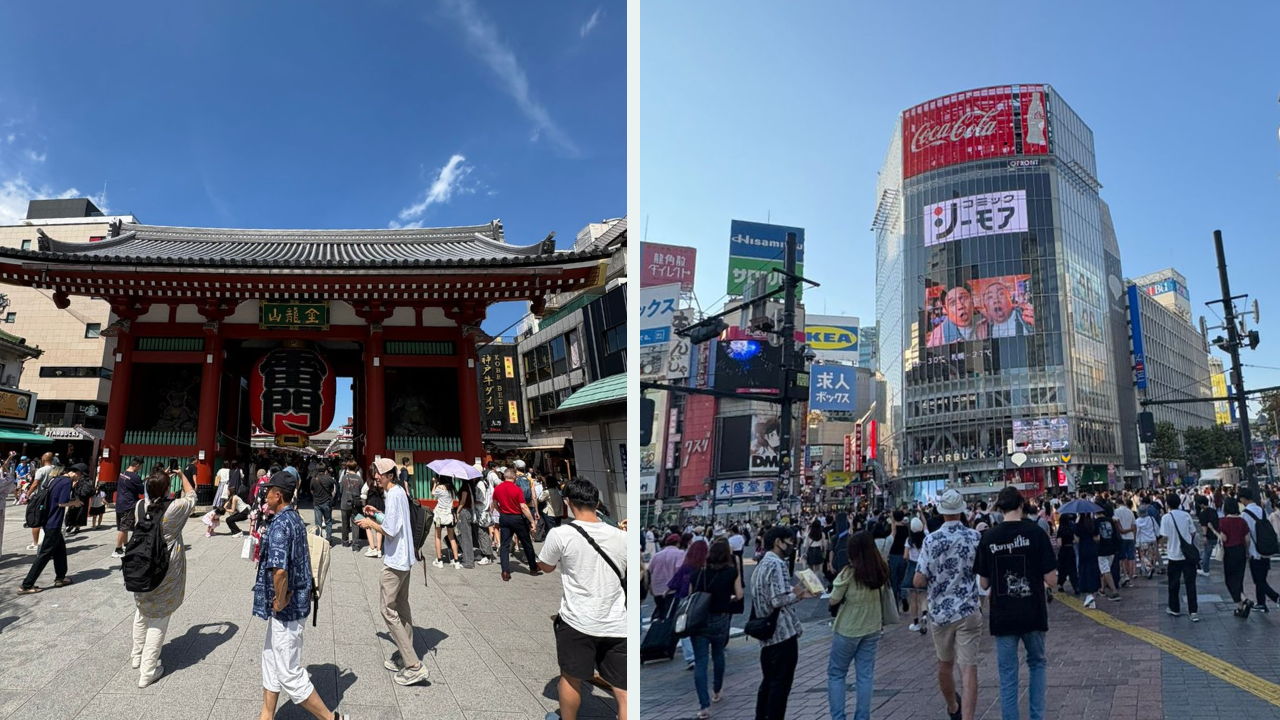Japan Sees Early Flu Season as Virus Evolves, But Health Experts Advise Simple Precautions Over Worry

SummaryJapan’s flu season has begun earlier than usual, marking the country’s second-earliest start in two decades. Health authorities reported an average of 1.04 flu patients per hospital and declared an epidemic after over 4,000 cases. Experts say the virus may be evolving faster but advise calm, hygiene, and timely vaccination.
End of Article
